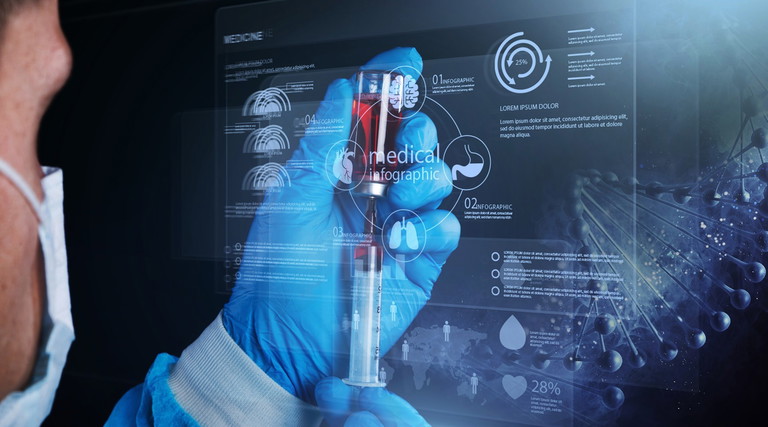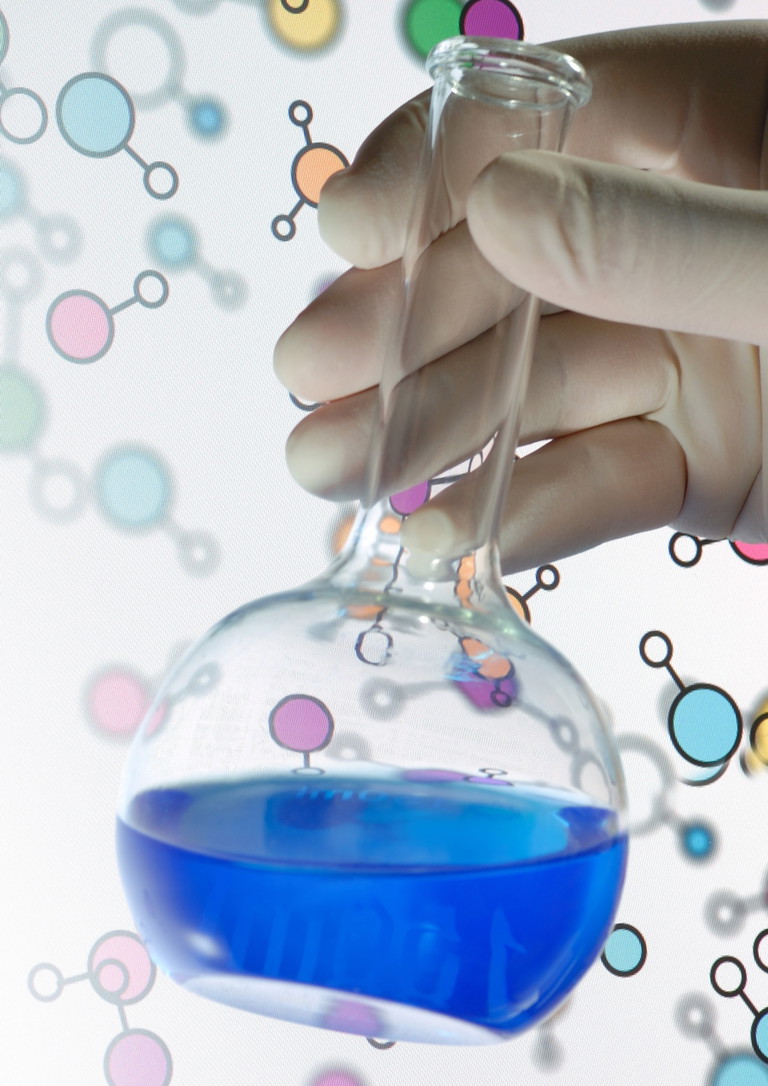Artificial Intelligence
How digital researchers will transform drug discovery
Rob Brown at Sapio Sciences explores how technologies like natural language processing, generative artificial intelligence and AI agents are revolutionising drug discovery, transforming lab informatics tools like electronic lab notebooks and laboratory information management systems into virtual lab assistants

The role of artificial intelligence (AI) in the future of drug discovery is not about replacing scientists but empowering them to be more efficient, innovative, intuitive, and productive. Scientists are increasingly looking for tangible results from the AI tools being deployed in biopharma, moving beyond vague promises of a transformative paradigm shift.
As we enter the second half of the 2020s, AI tools will increasingly reduce the logistical burden of research, manage repetitive or mundane tasks, organise complex data sets, integrate instruments, and monitor supply levels and maintenance schedules.
This is due to digital assistants leveraging a range of AI technologies, including natural language processing (NLP), generative AI (genAI) and AI agents, to transform how scientists collect, analyse, and interact with data and instruments, streamlining workflows and driving improved lab and research efficiency.1
The data race fuelling AI’s potential
It might seem like there is a race to develop the next super AI – a single system capable of revolutionising entire industries. In biopharma research, however, existing algorithms are already sophisticated enough to drive significant advancements, but the quality and availability of domain-specific scientific data is limiting them.
Training large language models (LLMs) on generic or incomplete data sets severely impacts the effectiveness in biopharma, leading to issues such as AI hallucinations, inaccurate analysis and a lingering mistrust in the value of AI. The solution lies in using domain-specific data as the basis for training AI and building robust science-aware data sets, giving models secure access to proprietary data, and leveraging methods like federated learning to train AI on decentralised data sets without compromising privacy.
Streamlining labs with voice and data
Today, modern lab informatics tools, integrating electronic lab notebooks (ELNs) and laboratory information management systems (LIMS) with AI capabilities, are helping labs eliminate some of the inefficiencies of the discovery workflow, such as manual software navigation, experiment set-up, rigid data workflows, compliance processes and repetitive tasks.
Through natural language (chat) interfaces (NLIs), researchers can use voice or text to interact with these systems. Tasks that once required form completion, non-intuitive software navigation or coding expertise can now be done with simple commands like ‘Start a new experiment with Samples A, B and C’ or ‘Retrieve last year’s Assay X experiments with at least one compound with activity above 80%.’ Using NLP and genAI is already transforming these lab tools from passive data collectors into active collaborators.
The rise of digital co-researchers
Natural language tools and improved automation are just the beginning of AI’s broader adoption and integration into the lab. The real transformation will come with the emergence of agentic AI, intelligent systems capable of acting autonomously to advance research processes.
While today’s AI tools primarily respond to commands from researchers, AI tools trained on relevant scientific data sets can act autonomously as digital co-researchers: true research assistants that can execute tasks without human input, integrating with tools and workflows, minimising the need for manual oversight. In practice, the adoption of agentic AI is likely to initially have the biggest impact in the early stages of research as the integration of lab informatics platforms with autonomous AI will reshape how researchers conduct, track and manage experiments through autonomously designing experiments, monitoring their execution, adapting protocols in real-time and identifying inefficiencies without human input. These tasks are traditionally handled using extensive scientific research, bench lab work and tedious tracking in ELNs. By increasingly managing these tasks by AI agents, researchers will be freed to focus on strategic, high-value activities, such as data interpretation and planning future steps, while reducing the reliance on ELNs and wet work in the lab.
For example, agentic AI technology would allow autonomous design and optimisation of antibody screening. By integrating data from laboratory instruments, ELNs and prior research data sets, AI could identify candidate antibodies, generate screening protocols and adapt workflows based on experimental results. If a particular candidate demonstrated suboptimal binding in early tests, the assay would immediately be redesigned, adjusting parameters like buffer composition or incubation times without requiring human intervention.

Transforming R&D for a new era
The adoption of technologies like NLP, genAI and AI agents, fused with domain-specific data sets and science-aware informatics, will deliver tangible, measurable results, accelerating innovation and reshaping the labs of the future. This shift from passive to active assistants will streamline lab workflows, allowing scientists to address more complex problems and paving the way for transformative breakthroughs in biopharma R&D.

Rob Brown is global vice president and head of the Scientific Office at Sapio Sciences, where he is responsible for identifying and defining new products and solutions that help customers across biopharma R&D, clinical diagnostics and pharmaceutical manufacturing. Rob was previously responsible for product management and pre-sales at Sapio Sciences. Earlier in his career, he ran product management and marketing teams at Dotmatics, Accelrys, SciTegic and MSI. Rob started his career as a postdoc and later research scientist at Abbott Laboratories (now Abbvie). He received his PhD in Cheminformatics from the University of Sheffield, UK.